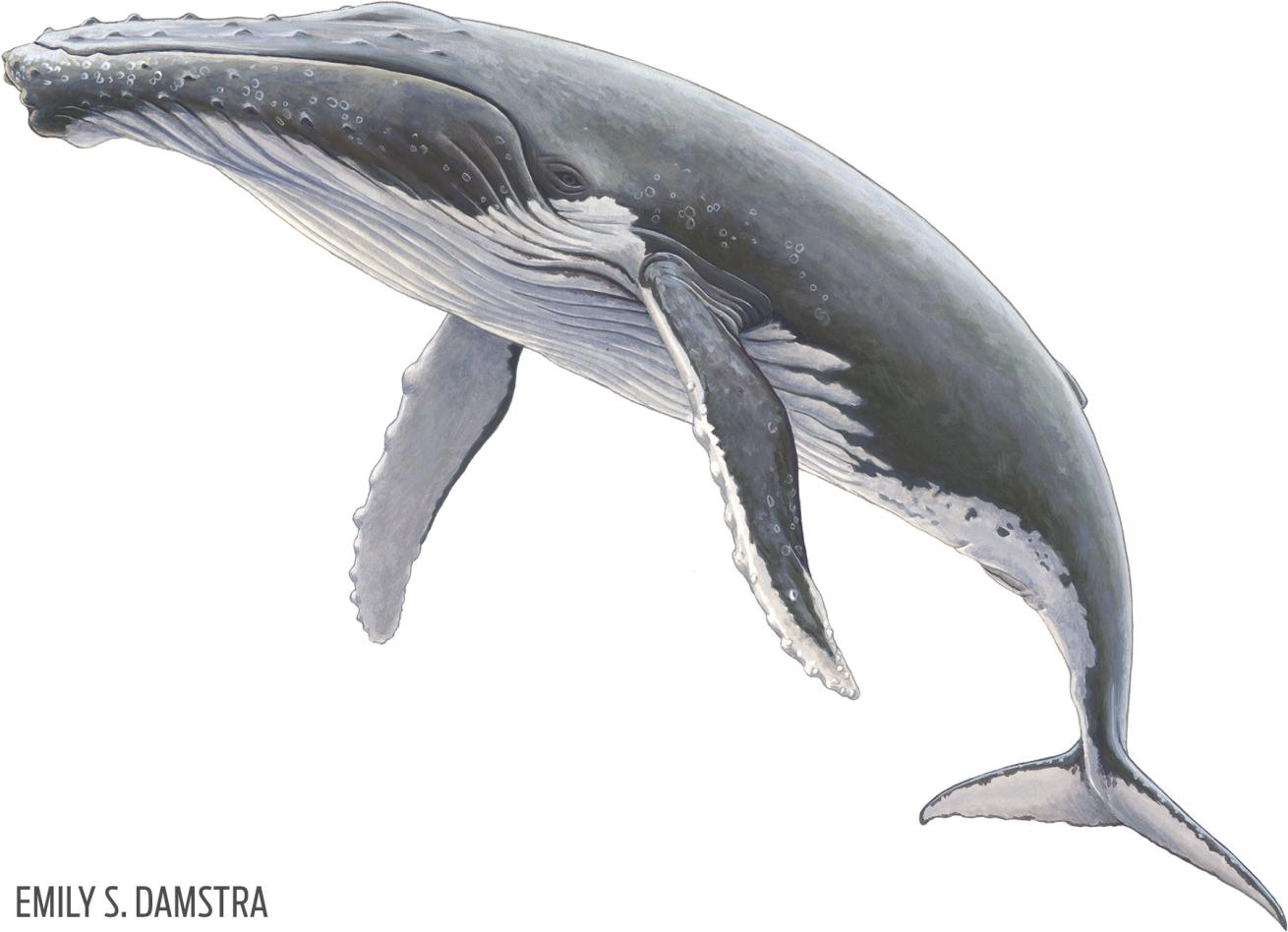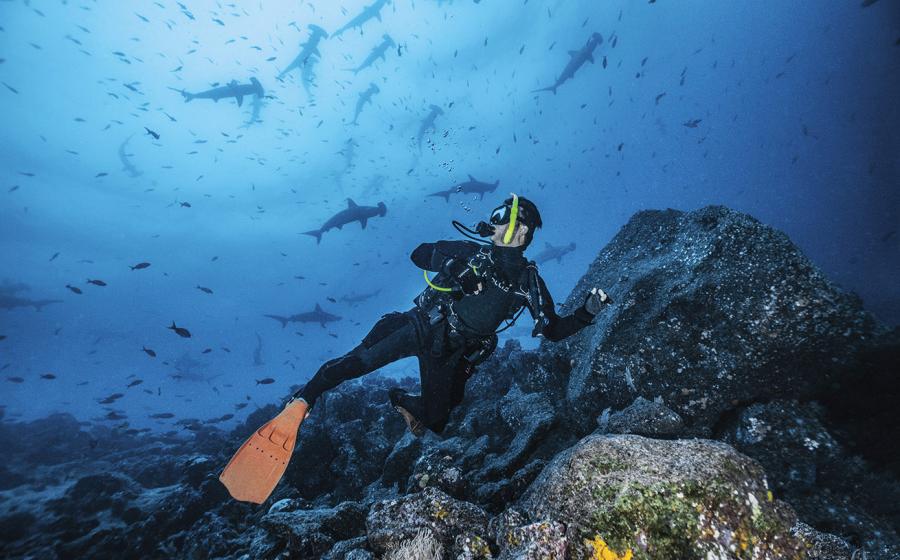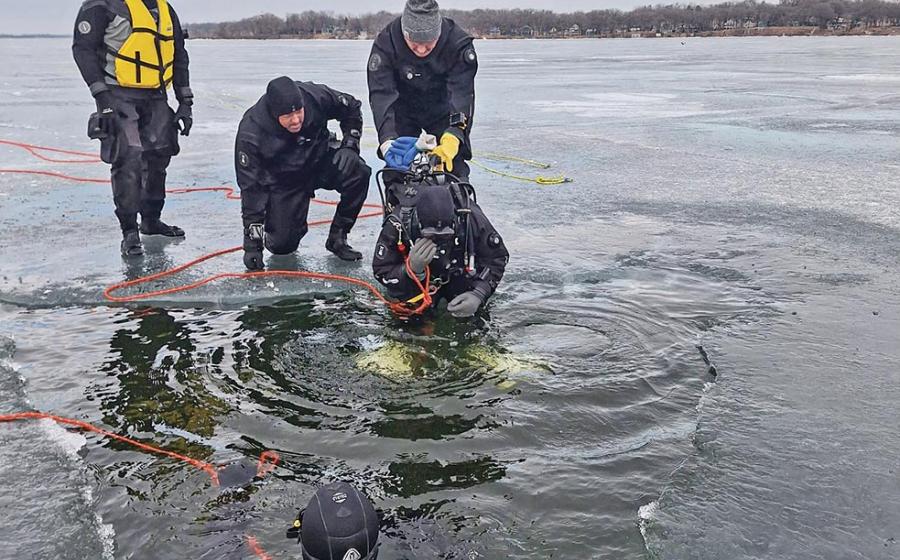15 Facts You Didn't Know About Humpback Whales

Emily S. DamstraThe humpback whale
1) The humpback whale makes the longest migration between seasonal feeding and breeding areas of any mammal.

iStockphotoOrcas are predators of humpback whales.
2) Orcas and dusky sharks are among known predators of humpback whale calves.
3) One disputed estimate suggests that there were almost 250,000 humpbacks in the North Atlantic before whaling began. There are now 12,000.
4) Following the 1986 global moratorium on whale hunting, humpbacks have moved from Endangered to Vulnerable, and in 2008, to Least Concern, with an estimated population of more than 60,000 animals.
5) Male humpbacks are the Pavarottis of the ocean realm. It’s been suggested that singing attracts females to birthing and mating areas by males, which lead the way during migration.
6) Female humpbacks are pregnant for up to one year. Newborn calves can swim immediately.
7) From the 17th century, humpbacks were hunted for their meat, oil and baleen.
8) The endangered Arabian Sea subpopulation of humpbacks is the only nonmigratory group in the world. They appear to have been isolated from other populations for 70,000 years.
9) At 15 feet in length, the humpback’s flippers are the longest appendage of any vertebrate.

iStockphotoHumpback whales can weigh up to six times heavier than bull elephants.
10) Humpbacks can weigh up to 40 tons, six times heavier than a bull elephant and three times heavier than a school bus.
11) The 10,000 humpbacks that overwinter in Hawaiian waters travel around 3,000 miles to their summer feeding grounds off Alaska.
12) The humpback whale is a filter feeder, using huge sieve-like baleen plates to trap plankton and small animals, such as krill and fish. Sadly, in modern oceans this also includes microplastics.
13) Adult females can reach 60 feet in length, which is equal to a bowling lane but only two-thirds the length of a blue whale.
14) The humpback’s average life span is 50 years.
15) Humpbacks are divided into three subspecies: North Pacific, North Atlantic and Southern Hemisphere.
Follow Richard Smith’s underwater adventures at oceanrealmimages.com.










